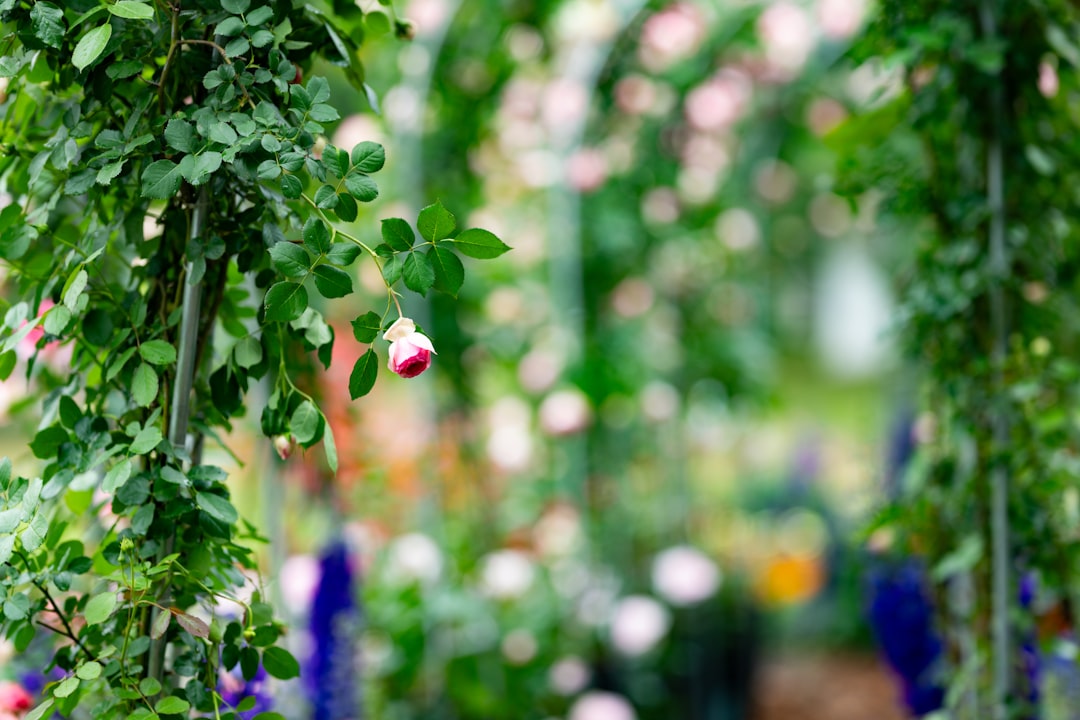The Fragrant Secret of Your Garden: Lemongrass Cultivation

Edible gardening has become a popular pastime for many, offering the dual pleasures of fresh produce and a beautiful outdoor space. Among the many herbs that can be grown, lemongrass stands out for its delightful aroma and versatile culinary uses. In this article, we will explore the essential tips for growing aromatic lemongrass, whether in your garden or in a pot for overwintering indoors.
Understanding Lemongrass
Lemongrass, scientifically known as Cymbopogon citratus, is a tropical grass native to Southeast Asia. It has long, slender leaves with a distinct lemon - like fragrance, which makes it a favorite in teas, soups, curries, and other dishes. Its fresh and citrusy flavor can add a unique twist to your culinary creations.
Choosing the Right Location
If you plan to grow lemongrass in your garden, it is crucial to select a sunny spot. Lemongrass thrives in full sun, which means it needs at least six to eight hours of direct sunlight per day. The soil should be well - drained, fertile, and rich in organic matter. You can amend the soil with compost or well - rotted manure to improve its quality. Avoid areas that are prone to waterlogging, as lemongrass does not tolerate soggy roots.
If you opt for container gardening, choose a large pot with drainage holes. A pot that is at least 12 inches in diameter and 12 inches deep will provide enough space for the lemongrass to grow. Place the pot in a sunny location, such as a south - facing balcony or patio.
Planting Lemongrass
You can start lemongrass from seeds, but it is often easier and faster to grow it from stalks. You can purchase lemongrass stalks from a grocery store or a nursery. Look for stalks that are fresh, firm, and have some roots or root buds at the base. To plant the stalks, place them in a glass of water for a few days until roots start to develop. Once the roots are about an inch long, you can plant the stalks in the soil or potting mix.
When planting in the garden, space the stalks about 12 to 18 inches apart to allow for proper growth. In a pot, you can plant one or two stalks, depending on the size of the container. Cover the base of the stalks with soil, leaving the top few inches exposed.
Watering and Fertilizing
Lemongrass requires regular watering, especially during the hot summer months. Keep the soil evenly moist but not waterlogged. In the garden, you may need to water it every two to three days, depending on the weather conditions. In a pot, check the soil moisture daily and water as needed.
Fertilizing is also important for the healthy growth of lemongrass. You can use a balanced, slow - release fertilizer once a month during the growing season. Organic fertilizers, such as fish emulsion or compost tea, are also excellent choices as they provide nutrients without the risk of chemical buildup.
Pruning and Harvesting
Pruning lemongrass helps to keep it healthy and bushy. You can trim off any dead or yellowing leaves regularly. You can also cut back the stalks to encourage new growth. When the lemongrass reaches about 12 to 18 inches in height, it is ready for harvesting.
To harvest lemongrass, use a sharp pair of scissors or pruning shears to cut the stalks at the base. You can harvest as much as you need, but avoid removing more than one - third of the plant at a time. Fresh lemongrass can be stored in the refrigerator for up to a week or frozen for longer - term storage.
Overwintering Indoors
If you live in a region with cold winters, you can overwinter lemongrass indoors. Before the first frost, dig up the lemongrass plant from the garden or bring the pot indoors. Place it in a sunny window where it can receive at least four to six hours of sunlight per day. Reduce watering during the winter months, as the plant will be in a dormant state.
You can also propagate new lemongrass plants during the winter by taking cuttings from the existing plant. Place the cuttings in water until roots develop, and then plant them in small pots.
In conclusion, growing lemongrass is a rewarding experience that can bring a touch of the tropics to your garden and your kitchen. By following these essential tips, you can enjoy the fresh, aromatic lemongrass throughout the year.